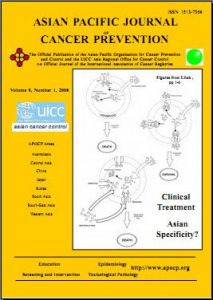 A cancer journal has retracted a 2014 paper after discovering one image had been duplicated in seven other papers. That’s right—the same image appeared in a total of eight papers.
A cancer journal has retracted a 2014 paper after discovering one image had been duplicated in seven other papers. That’s right—the same image appeared in a total of eight papers.
For some of the papers, the issues went beyond the single image. According to the retraction notice, several papers contained other duplicated images, as well as “overlapping text.” The notice, published in October 2017 in Asian Pacific Journal of Cancer Prevention (APJCP), is essentially a letter PLOS ONE wrote to several journals, informing them of the issues in the eight papers, all published between 2014 and 2016. The letter mentions that one of the papers—a 2016 analysis in Korean Journal of Physiology (KJPP)—had already been retracted earlier this year. One author of the retracted KJPP paper confessed to using a company to prepare and submit the manuscript. Continue reading One image was duplicated in eight papers. Yes, eight.
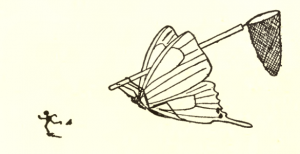
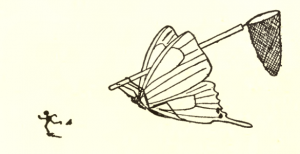

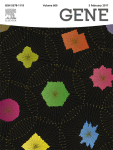
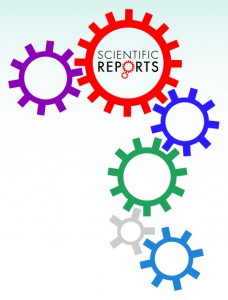 A biologist is crying foul at a journal’s decision to correct (and not retract) a paper he claims plagiarized his work — and one of his colleagues has resigned from the journal’s editorial board as a result.
A biologist is crying foul at a journal’s decision to correct (and not retract) a paper he claims plagiarized his work — and one of his colleagues has resigned from the journal’s editorial board as a result.